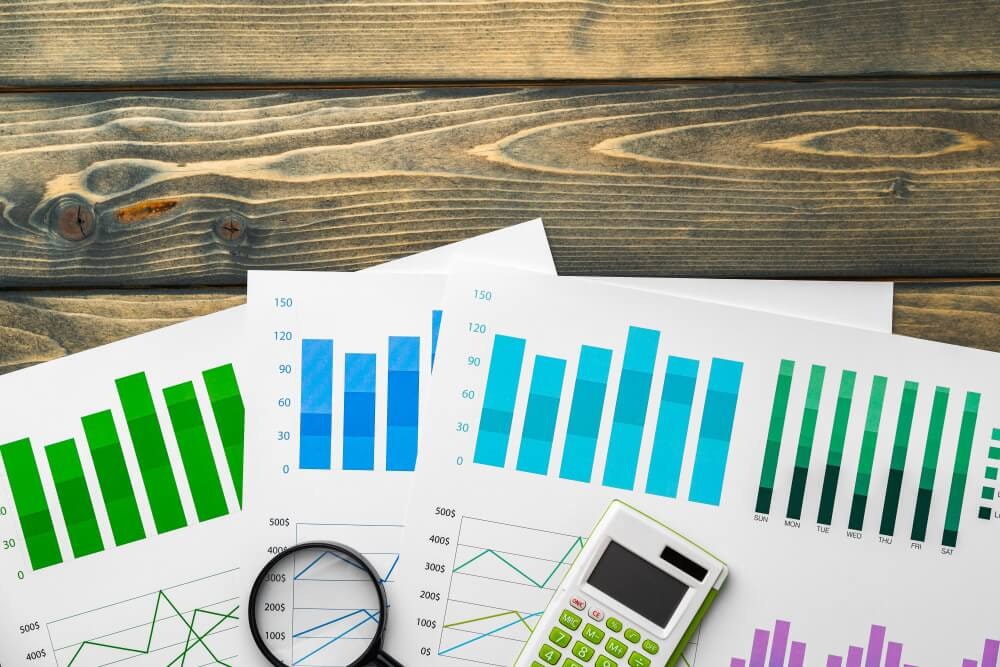Nick Goold
Successful trading is about consistently making profits over the long term. Your plan should be to steadily increase your account balance by using a trading strategy rather than trying to make a one-off large profit. That would be more like gambling than trading. Gamblers focus on the immediate result and typically do not have a long-term strategy. They often have little risk management and are purely focused on the potential profit, not the loss. In contrast, traders have a system in which they constantly adapt to market conditions and place their profit targets and stop-losses at levels chosen by the likeliness to trade.
To become a profitable trader, you should always think about probability, particularly the risk-reward ratio. Thinking about and using probabilities also means understanding the win rate. Assessing the win rate against the risk-reward ratio is critical if you want to be successful. For example, a low win rate can be profitable if the risk-reward ratio (average profit ÷ average loss) is high. With a risk-reward ratio of 1, the win and loss probability are equal, so the win rate needed to be profitable is over 50%.
Relationship between risk reward ratio and win rate:
● When the risk-reward ratio is 0.5, the required win rate is 67%.
● A 50% win rate is needed when the risk-reward ratio is 1.
● A 33% win rate is necessary when the risk-reward ratio is 2.
Assessing the probabilities and win rates is a crucial skill for successful trading. Traders will look at current market conditions, scheduled future events and support and resistance to determine probabilities that prices will reach certain levels. Technical analysis of past market price behaviour helps measure previous win rates under various market conditions. Combining all these into a trading plan is the most likely way to achieve long-term success and profit growth.
Without a trading plan, you cannot expect to earn money consistently and succeed in the long term. Analyse past market patterns and look for profitable strategies. Once you find a profitable strategy and understand the historical risk-reward ratio and win rate in your trading strategy, you will be able to trade better.
Advantages of thinking in probabilities
First advantage
Understand that losses are inevitable in trading. Allow your state of mind to accept multiple small losses. Markets do not always move as you expect, and being able to take losses makes it easier to stick to your trading plan. Even professional traders will have losing trades. Professionals can think and act to cover their losses.
Second advantage
The stress of trading should lessen because you know your trading strategy's expected profitability (success probability). If you focus on the outcome of every trade, you will lose faith in the strategy if there are multiple losses, which can be very stressful. Remember, no method has a 100% win rate. You may lose money, but by believing in the profitability of the trading strategy, the long-term results will be better, and you will have less stress.

Third advantage
When building your trading plan and its execution rules, you should choose entry and exit levels with a high probability of success. Focusing on huge profits for improbable price targets is gambling, not trading. Instead, concentrate on following the trading plan and wait for the price to reach your target. You may forget your trading plan if you focus only on price movements. Step away from trading for a short time if you feel tempted to diverge from your trading plan because of multiple small losses. When you have a good strategy and plan, with well-chosen entry and exit points based on probability and expected win rate, time is on your side in the long run.
Trading is about minimising losses and maximising profits for the long term. If you can appreciate that losses happen in all trading strategies, you will be able to focus better on assessing probabilities and win rates and not be stressed by the randomness of short-term price movements.
A trader's job is to find repeating patterns and then use risk management to maximise long-term profits. Some trades may be unlucky and unsuccessful in the short term, but if the trading strategy is good, it should be profitable in the long run. Instead of believing that prices will move as you expect, you should believe in and develop the ability to analyse the market and follow a probability-based trading plan.

